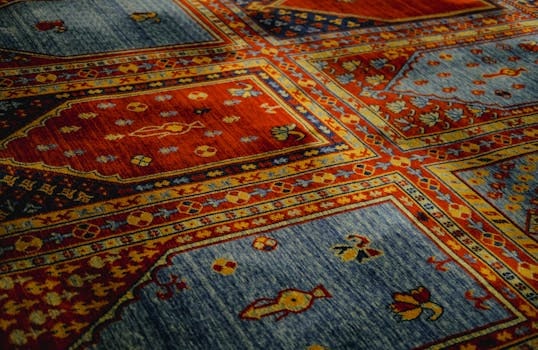Heritage Handwork: Traditional Embellishments
The art of traditional embellishments is a beautiful heritage that has been passed down through generations. It is a unique form of handwork that adds intricate details to fabric, making it a true work of art. These embellishments are created using various techniques and materials, each bearing its own cultural significance and history. From simple stitches to elaborate designs, heritage handwork has its own charm that can truly elevate any piece of fabric. Let’s dive into the world of traditional embellishments and explore the beauty and history behind them.
The History of Heritage Handwork
The roots of traditional embellishments can be traced back to ancient civilizations, where embroideries and adornments were used to decorate clothing, accessories, and household items. These embellishments were considered a symbol of status, wealth, and luxury, and were often handcrafted by skilled artisans.
As time progressed, heritage handwork became an integral part of cultural traditions and customs. From the colorful beadwork of Native Americans to the intricate hand-woven textiles of Southeast Asia, each region had its own unique style of embellishing fabrics. These techniques were passed down from mothers to daughters, keeping the traditions and techniques alive.
The Techniques of Traditional Embellishments
Traditional embellishments involve a wide range of techniques, each requiring skilled hands and intricate attention to detail. Embroidery, beadwork, and hand-weaving are some of the most commonly used techniques in traditional handwork.
Embroidery
Embroidery is a technique where threads are stitched onto fabric to create designs and patterns. This technique is often used to create intricate motifs and patterns, adding texture and dimension to the fabric. Embroidery can be done using a variety of stitches, each with its unique purpose and effect.
Beadwork
Beadwork is a popular technique that involves sewing beads onto a fabric to create beautiful designs. This technique has been used for centuries to decorate clothing, accessories, and even home decor items. Beads of different shapes, sizes, and colors are used to create intricate patterns, making this technique a true marvel of handwork.
Hand-weaving
Hand-weaving is a traditional technique where threads are interlocked on a loom to create fabric. This technique requires a high level of skill and precision, and the end result is a stunning piece of cloth with intricate patterns and designs. Hand-woven textiles are often used as a base for other embellishment techniques, such as embroidery and beadwork.
The Materials Used in Traditional Handwork
The materials used in traditional handwork are as diverse as the techniques themselves. From silk threads to precious stones, each material adds its own unique touch to the final product.
Silk is one of the most commonly used materials in traditional handwork. This soft and lustrous fabric is often used as a base for embroidery, adding a delicate touch to the final product.
Beads and gemstones are also popular in traditional handwork. These colorful and sparkling materials are used to add a touch of glamour and luxury to the fabric. Often, these materials are incorporated into designs to add texture and dimension to the fabric.
The Significance of Heritage Handwork
Traditional embellishments hold a cultural significance that goes beyond their aesthetic value. These techniques have been passed down through generations, and each region has its own unique style and meaning behind the patterns and motifs used.
In many cultures, traditional handwork is considered a source of empowerment for women. In societies where women have limited opportunities, handwork becomes a means of economic independence and a way to preserve cultural traditions.
Moreover, traditional handwork has a sustainable impact on the environment. In a world where fast fashion dominates, heritage handwork promotes slow and sustainable fashion, making it an eco-friendly choice.
Conclusion
Heritage handwork is a true embodiment of culture, history, and tradition. From the ancient civilizations to modern times, these techniques have stood the test of time and continue to mesmerize us with their intricate details. By supporting traditional handwork, we not only preserve cultural traditions but also promote sustainable and ethical practices. So, the next time you see a piece of fabric embellished with these techniques, take a moment to appreciate the rich heritage behind it.







